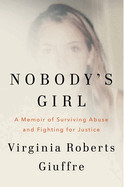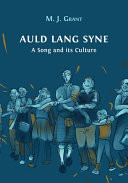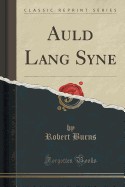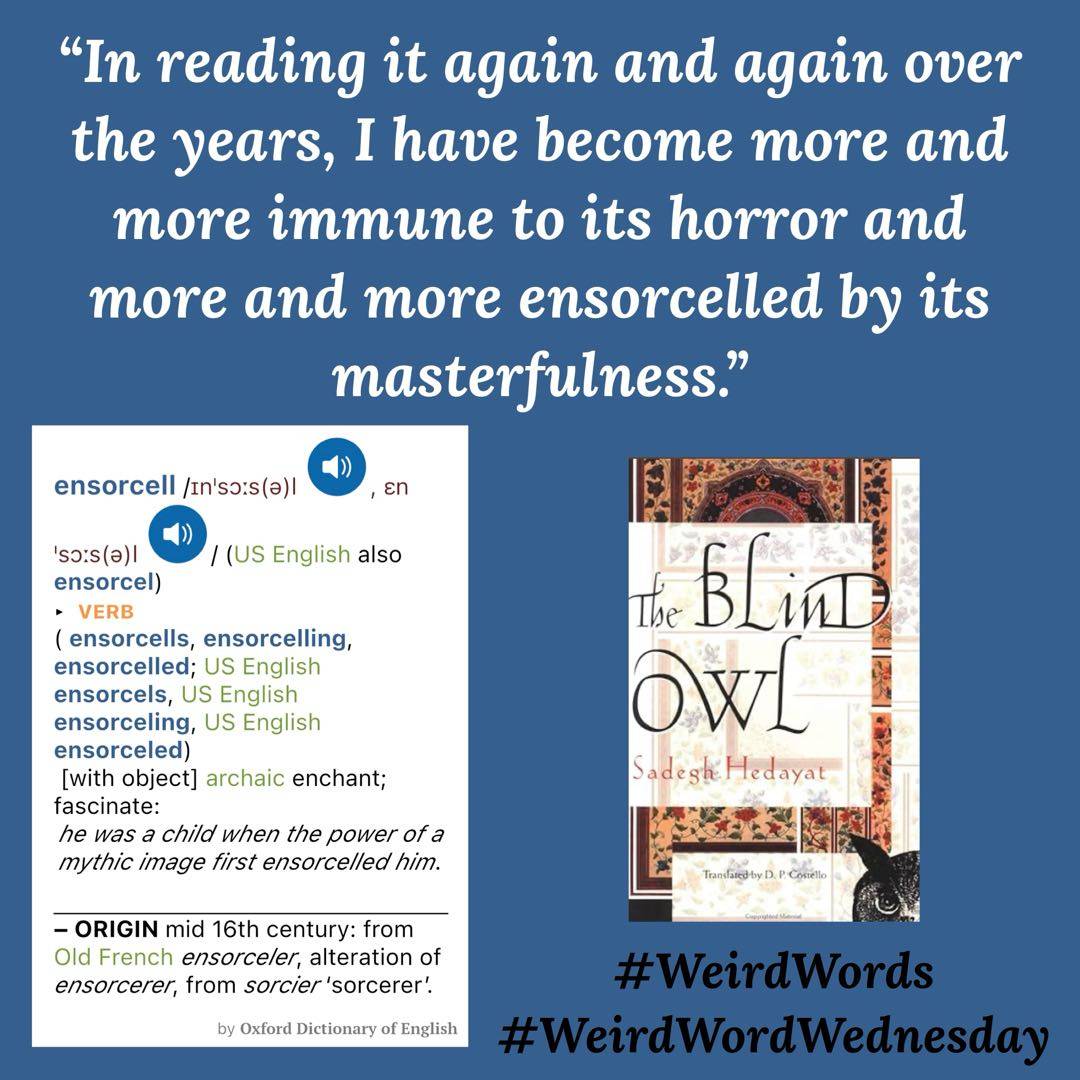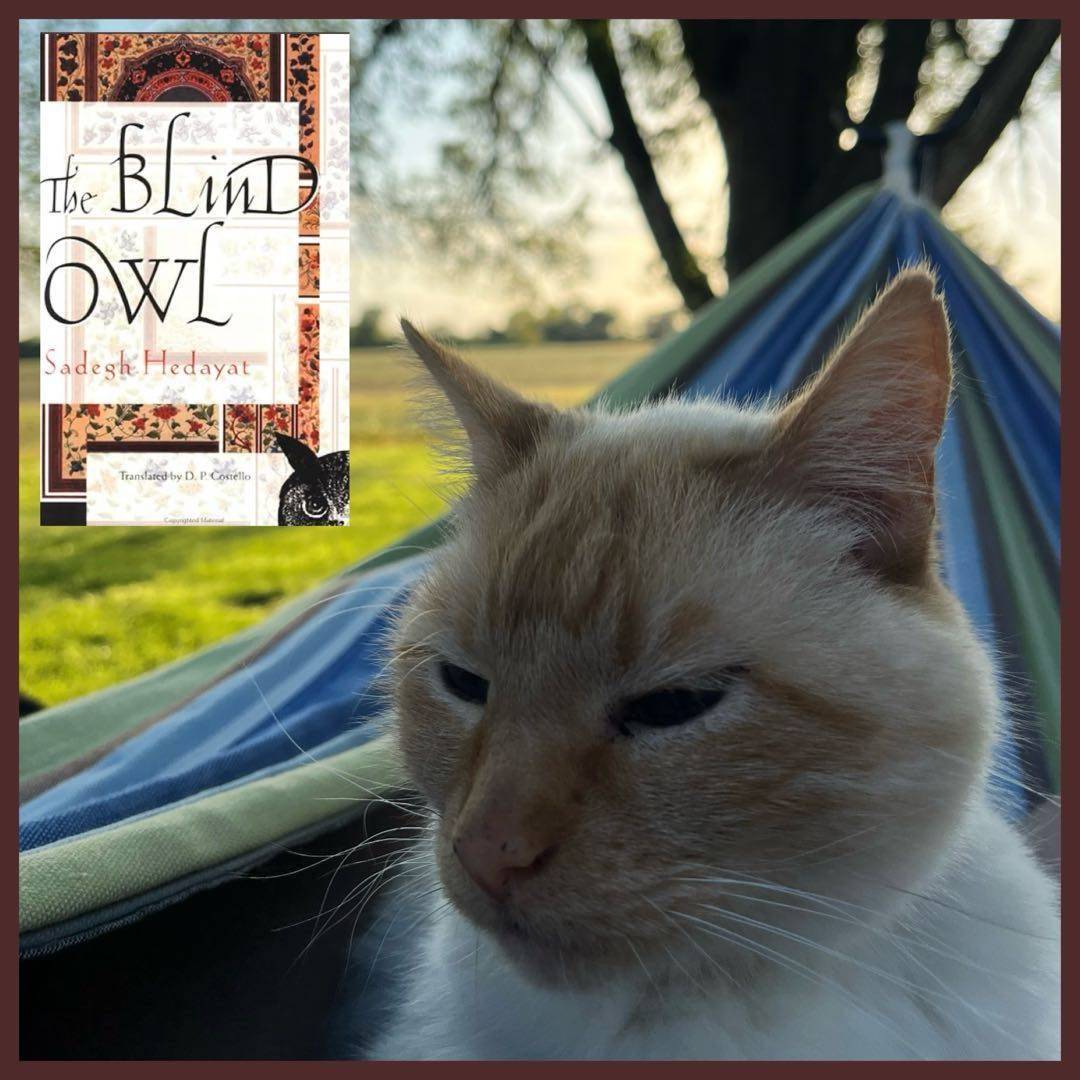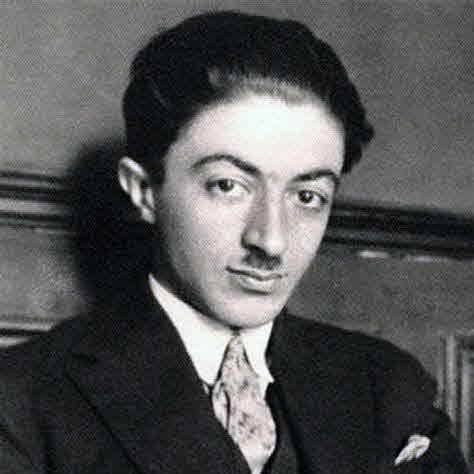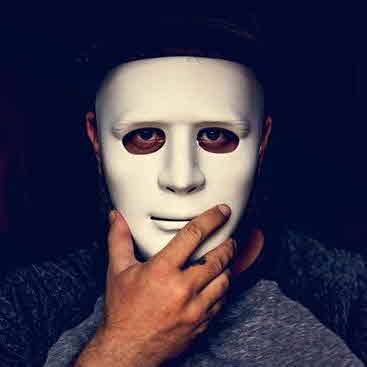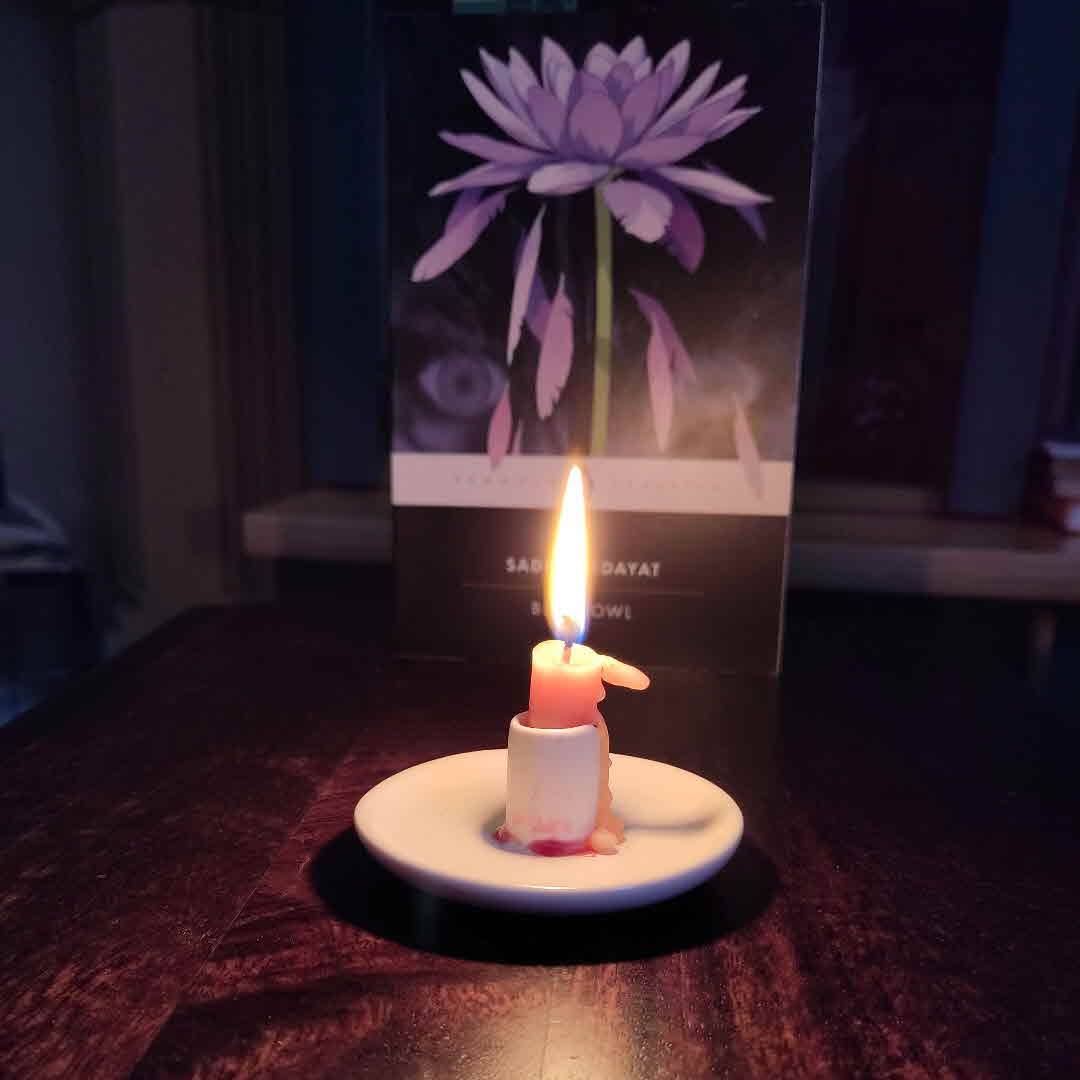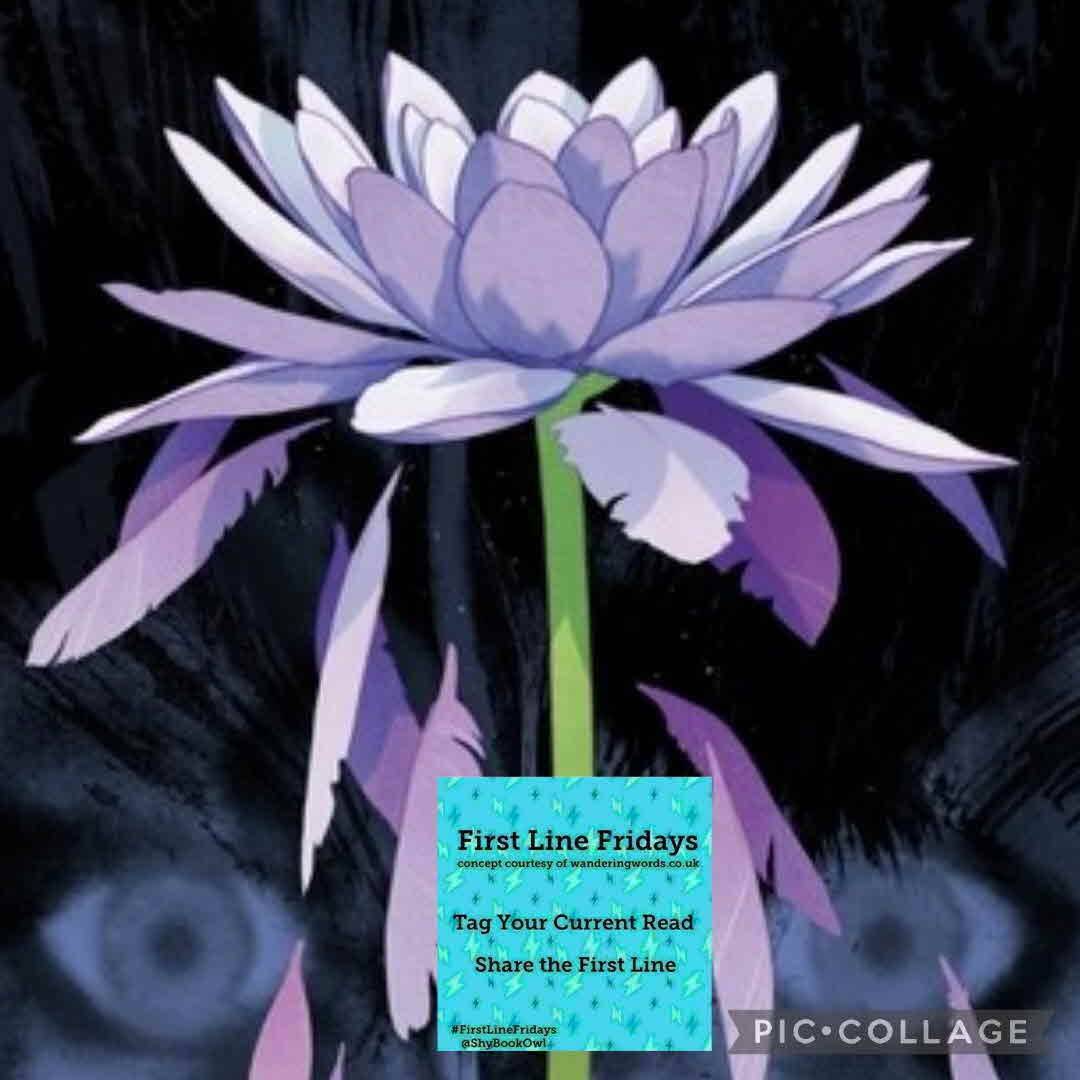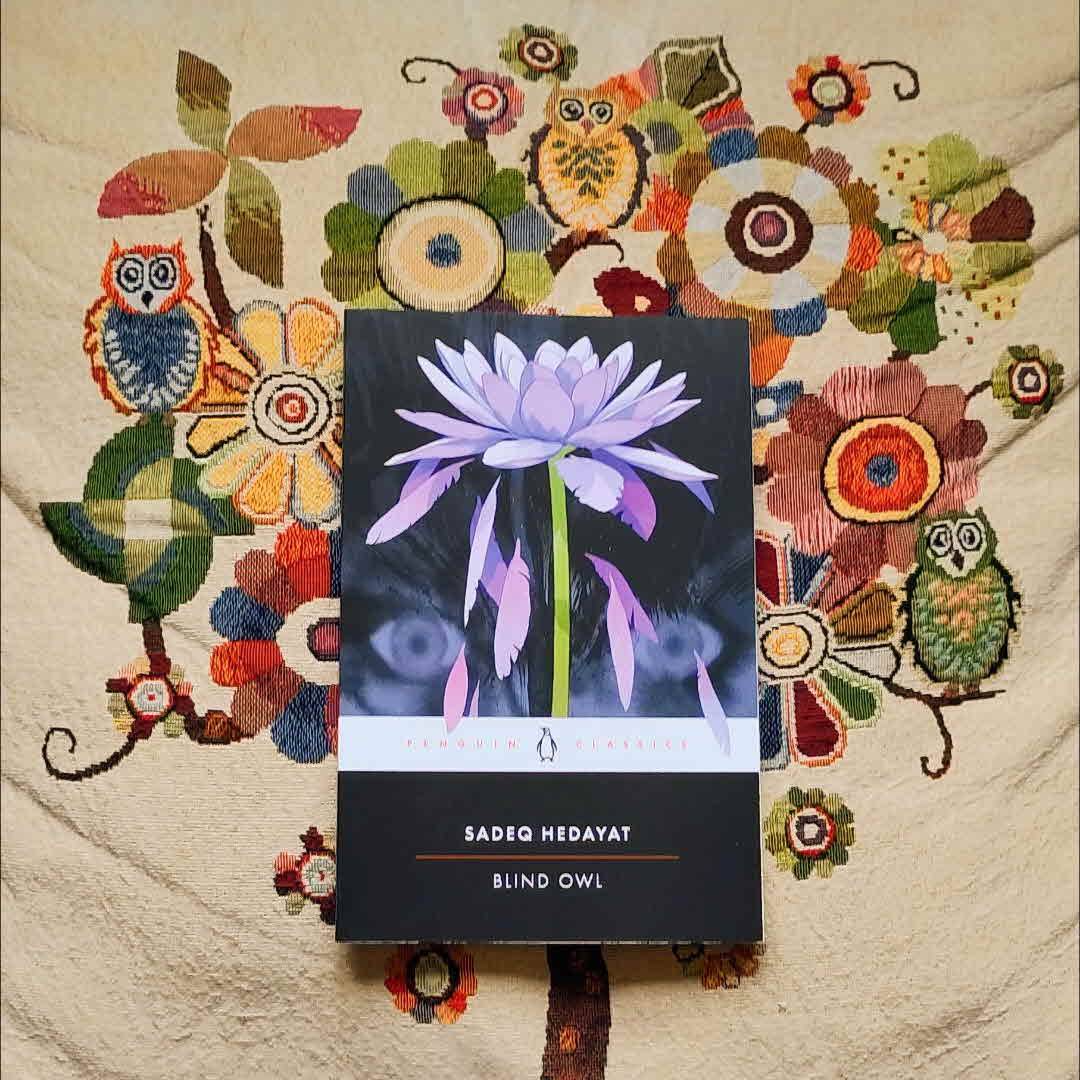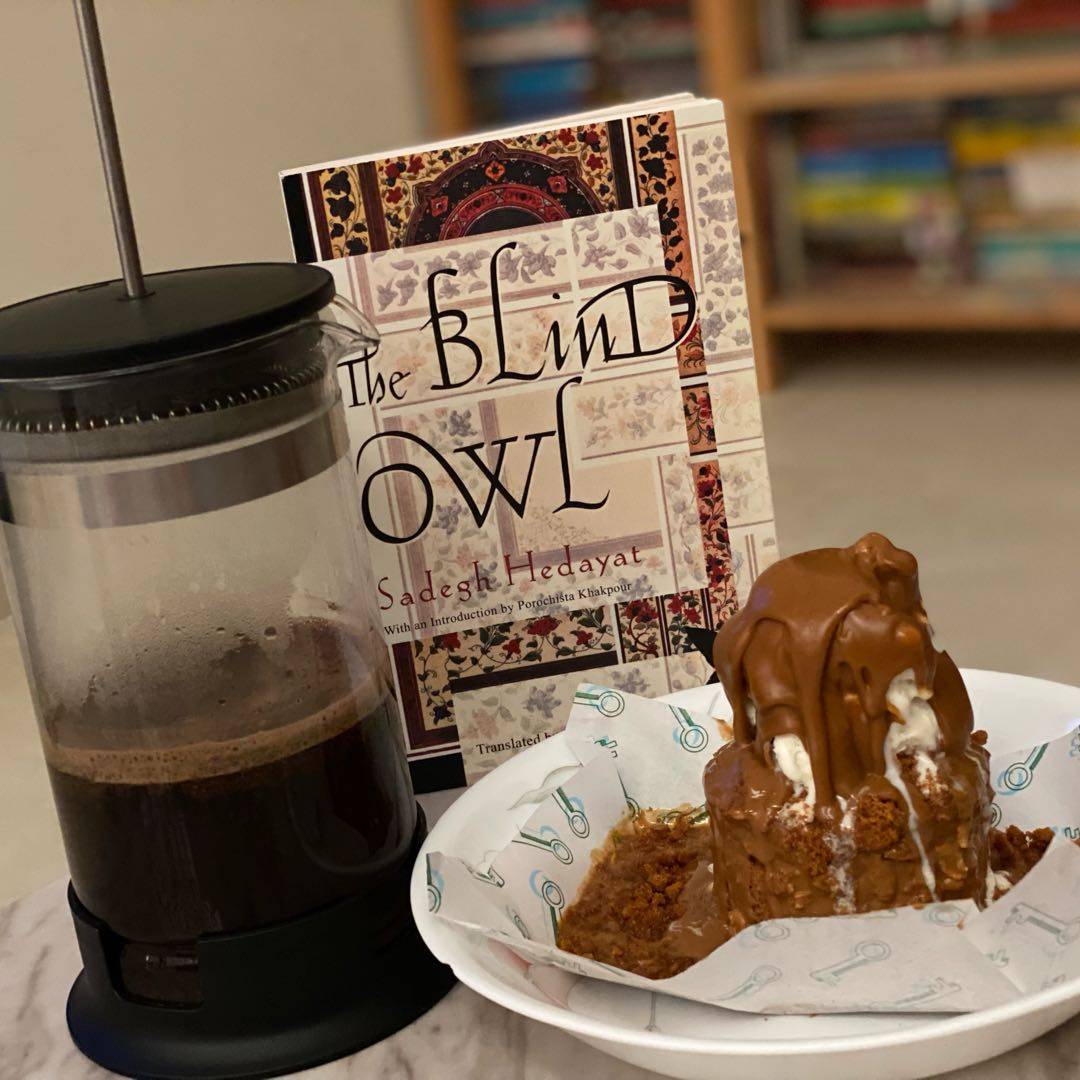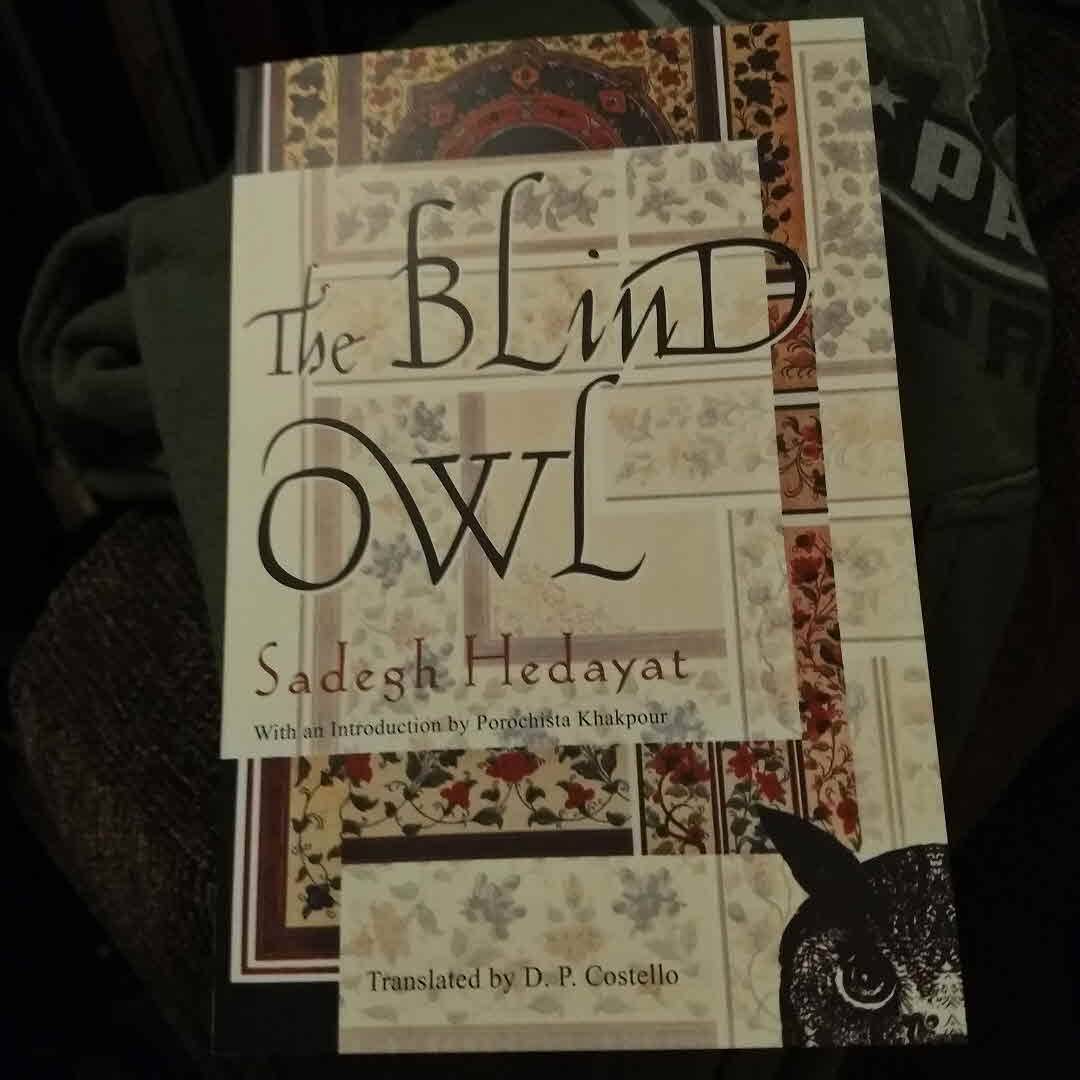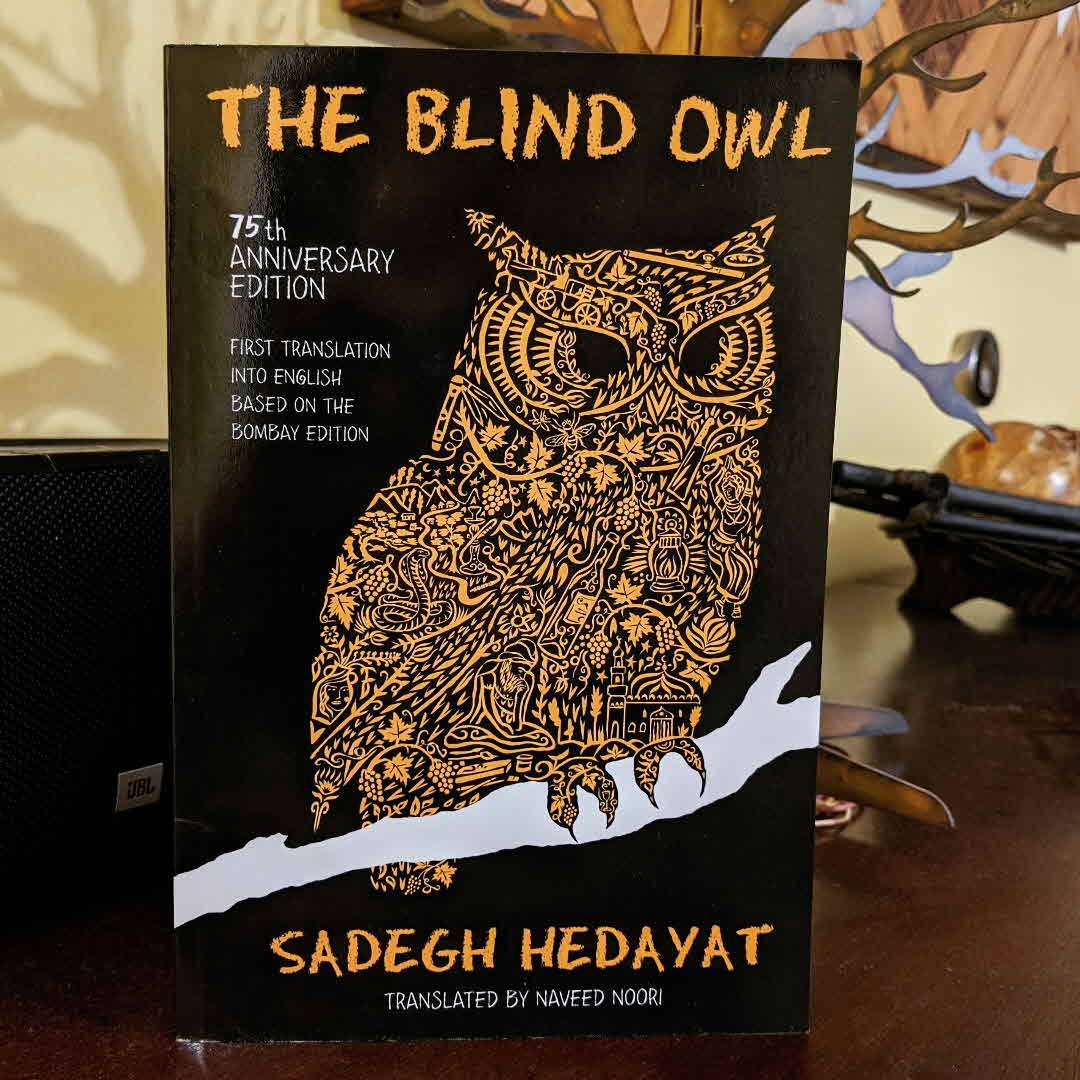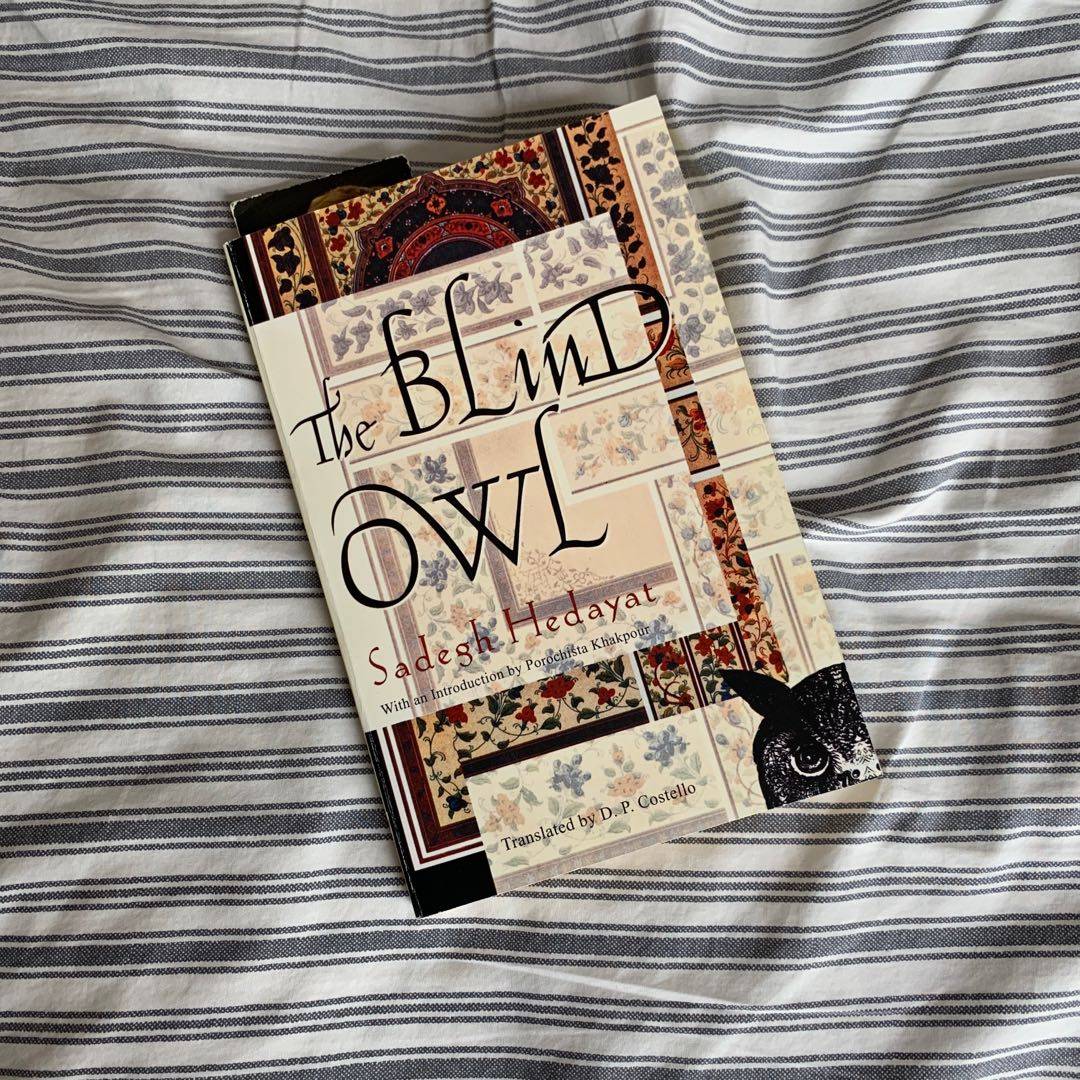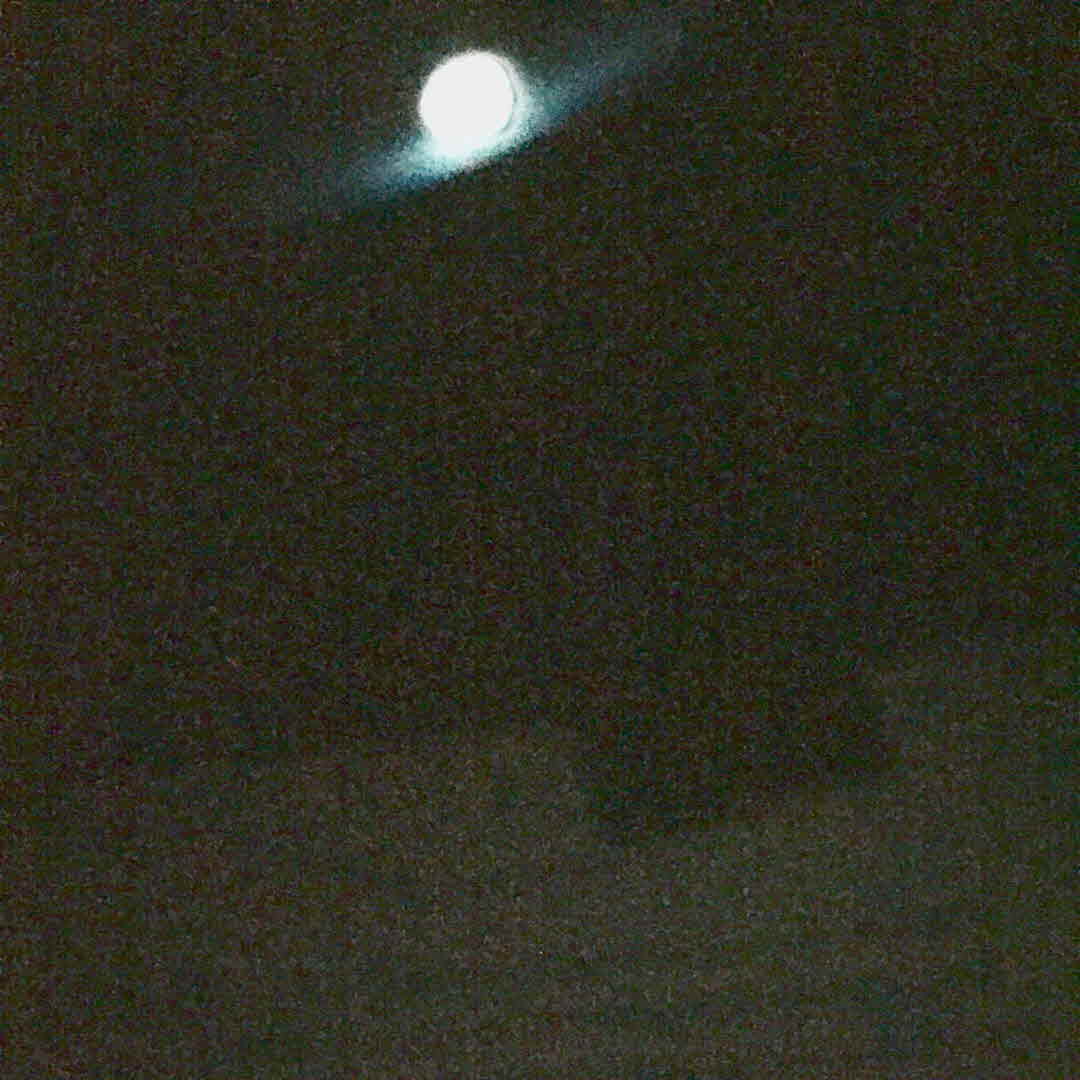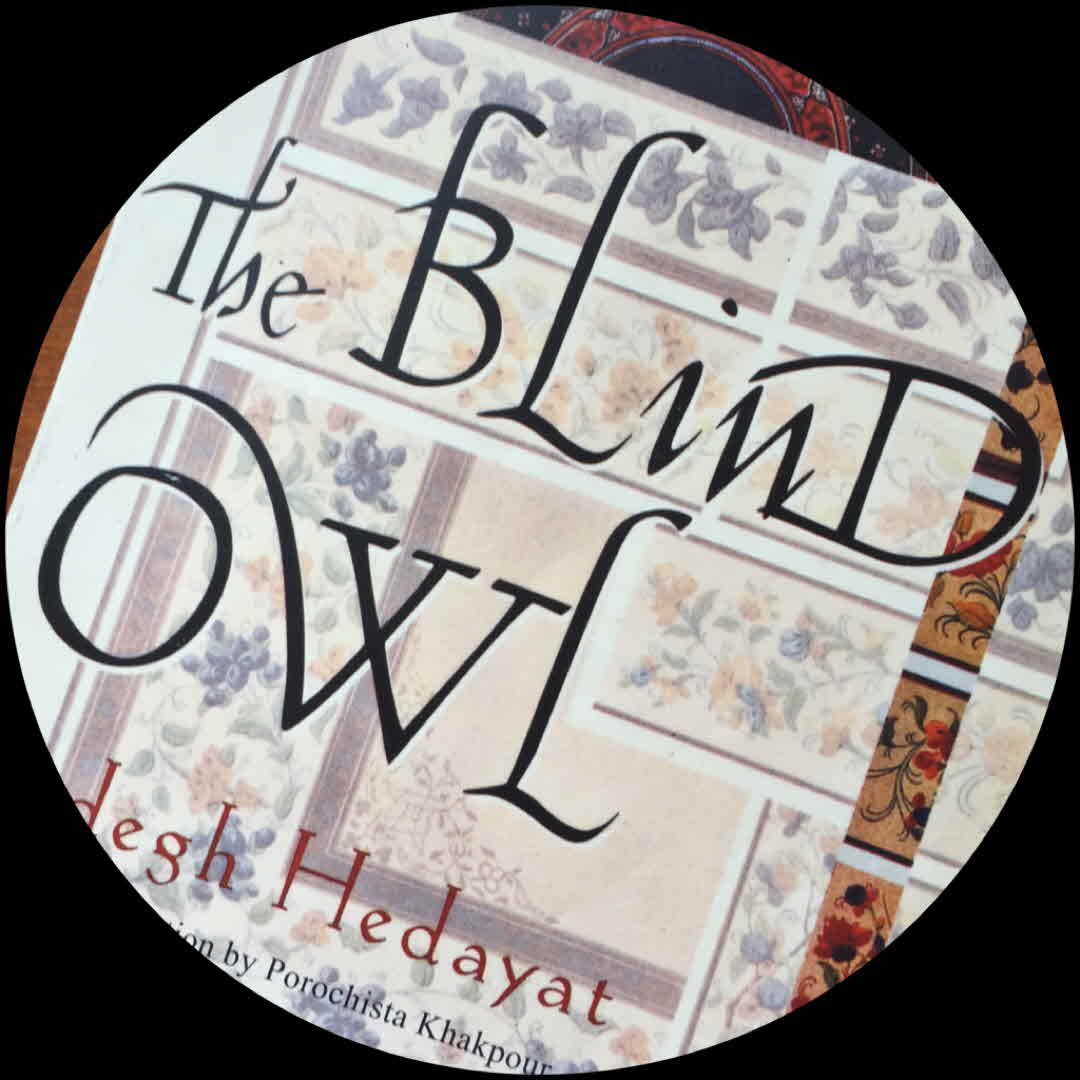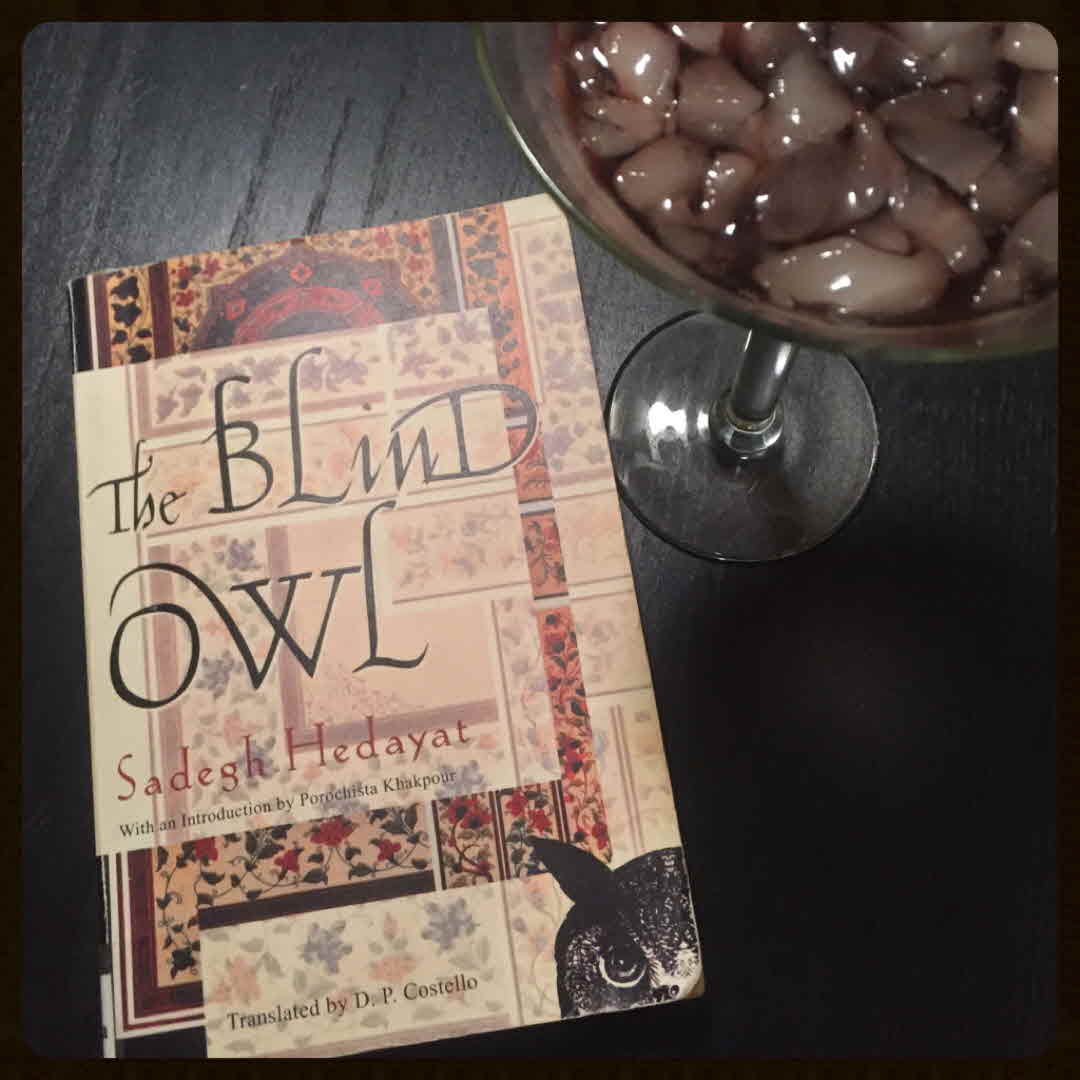The Blind Owl | Sadegh Hedayat
Recognized as the outstanding Iranian writer of the twentieth century, Sadegh Hedayat is credited with having brought his country's language and literature into the mainstream of contemporary writing. The Blind Owl, long considered a classic and often compared to the works of Poe, chillingly recreates the labyrinthine movements of a deranged mind. The young woman who haunts the narrator is first introduced as a stranger with jet-black hair and wide, haunting eyes. She creeps into the narrator's room but he realizes, upon touching her, that she is lifeless and cold. The narrator, a painter and opium addict, packs the woman's corpse into a suitcase and takes her to an remote spot along the banks of a river, where he buries her. Along the way he meets an old man with a spine-chilling laugh who becomes the first in a stream of recurring mental images: four cadaverous black horses with rasping coughs, a hidden urn of poisoned wine, a sheep butcher, and a small painting of a woman on the back of a pen-case soon follow. Through a series of intricately woven events that revolve around these images, the narrator is compelled to record his obsession with the woman even as it drives him further into madness. That the narrator is recording his confession for the sake of his shadow, which he thinks perfectly resembles an owl, only heightens the sense of terror: My shadow on the wall had become exactly like an owl and, leaning forward, read intently every word I wrote. The eerie images, and their repetition, obscure reality and twist and turn into themselves, disorienting the reader and mimicing the distress of the opium-addled narrator. The woman, at first a stranger, becomes the narrator's mother, and finally his wife. As the book winds to a close, the narrator is trapped in his room, so dissociated from reality that his shadow appears more real to him than he himself does. The narrator finally takes up his bone-handled butcher's knife (the same instrument he has seen the butcher wiping on the legs of sheep carcasses), and proceeds to the beautiful young woman's room. After she welcomes him in, he falls into � or springs upon � her, consumed by lust and hatred ([they] were twins. Her fresh, moonlight-pale body . . . opened and closed me within itself like a cobra coiling around its prey). In the confused, impassioned struggle that follows, the man sinks his knife into the young woman's side, killing her. Emitting a hollow, grating laugh, he staggers to a mirror � only to find that his reflection is that of the old bearded man who has so long been haunting him. The book ends with the man looking out of his room to see the crouching figure of the old man disappearing into the mist, and looking down at his own chest to see maggots writing in the folds of his coat, and to feel the weight of the dead woman upon his chest.







